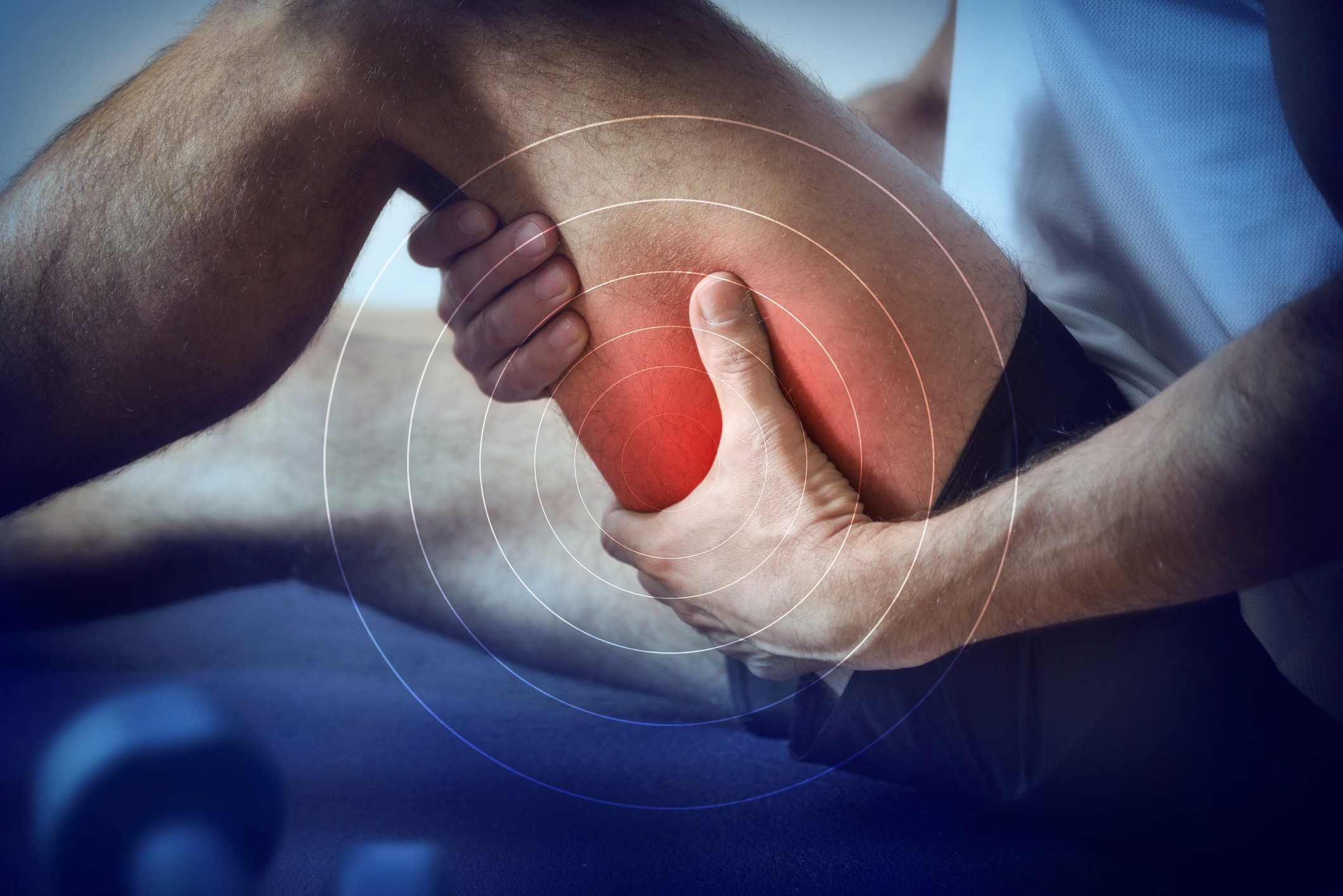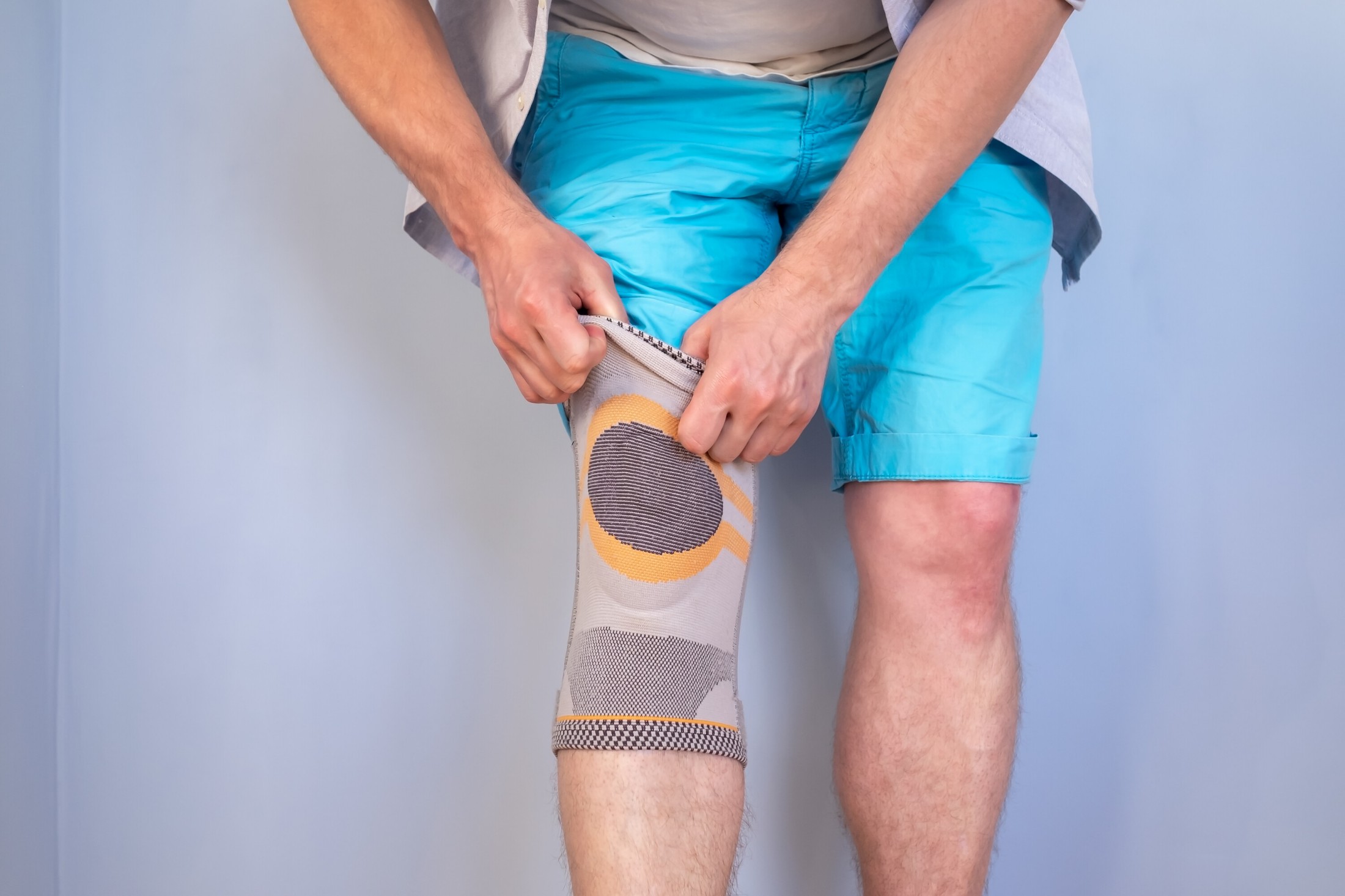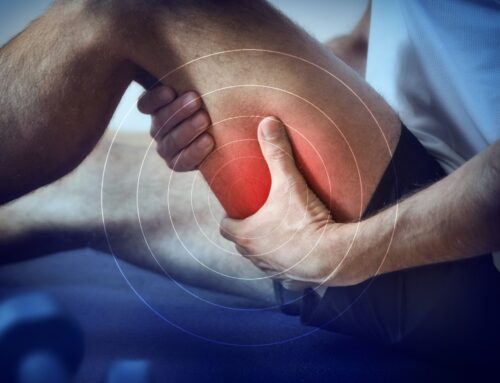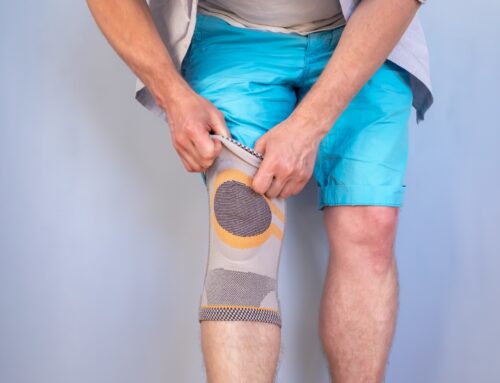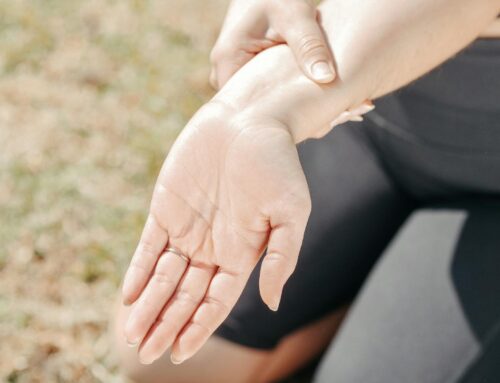If you’ve ever felt a dull, aching pain along the front of your lower legs after a run or long walk, there’s a good chance you’ve experienced shin splints. It’s one of those common overuse injuries that tends to creep up when you’ve pushed your legs a little too hard, especially if you’re starting a new routine, upping your distance, or exercising on hard surfaces.
Shin splints usually show up as soreness, tenderness, or even a sharp sting along the shinbone. The pain often gets worse during or after activity and can linger if left untreated. While it’s not usually serious, ignoring it can lead to more stubborn issues down the road.
Runners get them. Walkers get them. Even people who just started a new workout plan or switched shoes can feel that familiar ache. With the right treatment and a few smart habits, most people recover quickly and can get back to doing what they love without pain.
Causes of Shin Splints
Shin splints are your body’s way of saying, “Hey, slow down … I’m not quite ready for this.” The pain comes from inflammation in the muscles, tendons, and bone tissue around your shinbone, and it’s usually tied to how (and how much) you’re moving.
Overuse and impact stress are the most common culprits. If you’ve been running more often, walking longer distances, or doing a lot of high-impact activity without enough rest, your lower legs might start protesting.
Improper footwear or lack of support can also set you up for trouble. Shoes that are too worn out, or that don’t offer the right kind of cushioning and arch support, can make your legs work harder than they should.
A sudden increase in activity, like jumping into a new fitness routine or ramping up your training too quickly. is another big trigger. Your muscles and bones need time to adapt, and going too fast too soon is a common recipe for shin pain.
Some people are simply more prone to shin splints because of their foot structure. If you have flat feet or high arches, the mechanics of your stride can put extra stress on your lower legs.
Even the surface you’re exercising on can make a difference. Hard pavement, uneven trails, or running on sloped roads can increase the impact on your shins and lead to irritation over time.
Relief Strategies for Shin Splints
When shin splints hit, your first instinct might be to power through the pain, but that’s usually the worst move. Taking a short break and giving your legs a chance to recover can save you from a much longer setback.
Start with rest and activity modification. That doesn’t mean you have to stop moving altogether, just scale back. Swap out high-impact workouts for something gentler, like swimming or cycling, until the pain settles down. Even light walking is okay, as long as it doesn’t make things worse.
Ice application can help reduce inflammation and soothe the area. Try icing your shins for 15 to 20 minutes a few times a day, especially after activity. A thin towel between the ice and your skin helps prevent irritation.
Gentle stretching can also make a difference. Focus on your calves, ankles, and feet. Tight muscles in those areas can pull on your shins and make the pain worse. Take it slow and avoid anything that causes sharp discomfort.
Some people find relief with anti-inflammatory supports, like compression sleeves or topical creams. Just be cautious with over-the-counter meds or bracing, if the pain is persistent or intense, it’s worth checking in with a healthcare professional before relying on them long-term.
Compression Wear for Shin Splints
Compression sleeves aren’t just for pro athletes, they’re a helpful, low-effort way to manage shin splints and support your recovery. By gently squeezing the lower leg, compression wear helps increase circulation, reduce muscle vibration, and limit inflammation around the shinbone.
They’re especially useful during activity, when your legs are under stress. Wearing a sleeve while you walk or run can help stabilize the muscles and tendons around your shin, which may reduce pain and fatigue. They’re also great after a workout to help your legs recover faster by improving blood flow.
When shopping for compression gear, look for a snug but comfortable fit. Tight enough to provide support, but not so tight that it cuts off circulation. Breathable fabric is important, especially if you’ll be wearing them during exercise. And make sure the sleeve is the right length for your shin (some stop short and miss the target area).
If you’re considering compression wear, we offer personalized fittings to help you find the right sleeve or wrap for your needs. Our staff can recommend options that offer the best mix of comfort and support. Book a fitting and let’s make sure it feels right from the start.
Orthotics and Supportive Footwear
Sometimes, the real cause of shin splints starts at your feet. If your foot alignment is off, even slightly, it can throw off your entire stride and put extra stress on your lower legs.
Your feet are your foundation. When they’re not properly supported, your body compensates in ways that can lead to pain, especially in high-impact activities like walking or running. Orthotics help by providing better alignment and improving shock absorption, so your legs don’t take the full force of every step.
Custom orthotics may be a good option if you have flat feet, high arches, or recurring shin splints that don’t respond to other treatments. They’re designed specifically for your foot shape and gait, which makes them more effective than generic insoles.
Even without custom orthotics, supportive shoes can make a huge difference. Look for styles with good arch support, a stable heel, and proper cushioning. If your shoes are more than a year old or visibly worn down, it might be time for a new pair.
Not sure what you need? Our team can help assess your foot mechanics and recommend the right support, whether it’s footwear, off-the-shelf inserts, or a custom orthotic solution.
Prevention Tips for Active Walkers and Runners
The best way to deal with shin splints? Stop them before they start. A few small adjustments to your routine can go a long way in keeping your legs happy and pain-free.
Start with gradual training increases. It’s tempting to push for more distance or intensity once you’re feeling motivated, but your body needs time to adjust. Try the 10% rule – don’t increase your mileage or time by more than 10% per week.
Strengthening exercises can also make a big difference, especially for your calves, ankles, and feet. Simple moves like heel raises, toe taps, and ankle rolls help build stability and absorb more impact, reducing stress on your shins.
Always include a proper warm-up and cooldown. Even a few minutes of light movement and stretching before and after your activity can improve flexibility and reduce strain on your lower legs.
And don’t forget about your gear. Rotating your shoes and checking them for wear is important. The cushioning and support break down over time, even if the shoes still look good. Swapping between pairs also helps distribute wear more evenly.
When to Seek Professional Help
Most cases of shin splints get better with rest, support, and a few smart changes. But if the pain isn’t improving, or it’s getting worse, it’s time to get it checked out.
Some red flags to watch for include pain that lingers more than two weeks, keeps getting worse even with rest, or is accompanied by swelling or bruising. If it hurts just to walk or press on the area, don’t wait it out, there could be something more serious going on, like a stress fracture.
At Care-Med, we can help you figure out what’s really causing the pain and guide you toward a treatment plan that works for your lifestyle. Whether you need custom orthotics, compression gear, or just advice on how to recover and prevent flare-ups, we’ll take the time to assess your situation and offer clear next steps.
In-person appointments are available at our Toronto clinic, and we’re happy to offer virtual consultations if you prefer to start from home. Either way, our goal is to help you feel better and keep moving pain-free.
You Don’t Have to Push Through Shin Pain
Shin splints can be frustrating, especially when they get in the way of your daily walks or workouts. But you don’t have to just push through the pain or give up the activities you enjoy. With the right care and a little patience, recovery is absolutely possible.
The most important thing? Listen to your body. Pain is a signal, not a challenge to ignore. Taking a step back now can help you come back stronger (and more comfortable) later.
If you’re not sure where to start, or your shin pain just isn’t going away, we’re here to help. Care-Med offers personalized solutions, whether that’s compression wear, orthotics, or one-on-one support to figure out what’s going on.
Feel free to get in touch or stop by if you’d like to explore your options.
Share This Story, Choose Your Platform!
Table of Contents
We specialize in orthotics, body braces, and compression wear tailored to your unique needs in Toronto. Reach out to us at info@caremed.care or call 416-782-5353 to book your fitting and consultation.
Experience the difference of customized solutions designed just for you.


